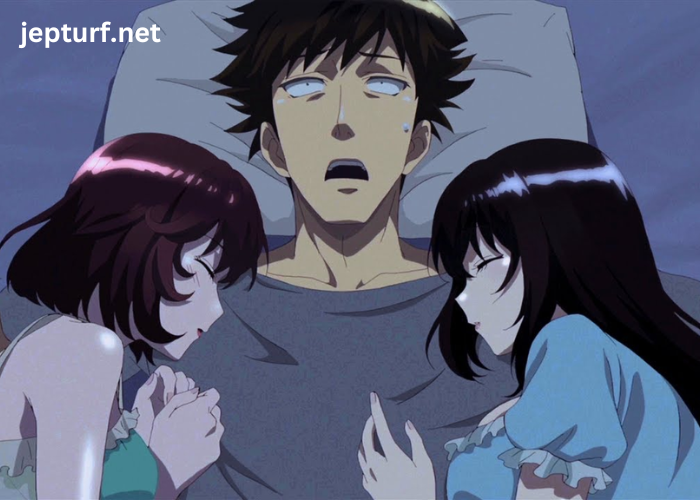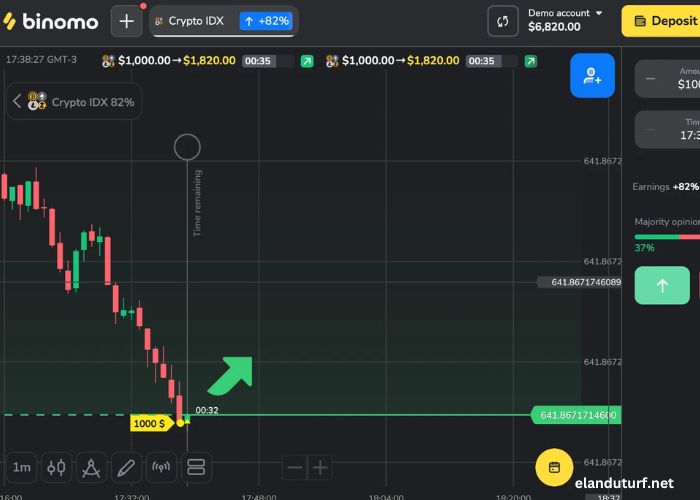Hentai, a genre of Japanese animated and illustrated pornography, has undergone significant evolution since its inception. From its origins in niche circles to its presence in mainstream media, hentai’s journey reflects broader changes in society, technology, and media consumption. This article explores the development of hentai, tracing its transformation from underground art to a more recognized element of pop culture. Discover a vast collection of high-quality hentai content at Hentai3z. Explore diverse genres and immerse yourself in captivating adult animations today.
Origins and Early Influences
The roots of hentai can be traced back to Japan’s early erotic art and literature. In the Edo period (1603–1868), works like shunga (erotic prints) showcased explicit content that was both artistic and provocative. These works, while not hentai in the modern sense, laid the groundwork for erotic storytelling in Japanese culture.
Hentai as a distinct genre began to take shape in the late 20th century. During the 1960s and 70s, Japanese underground artists and writers began to explore more explicit themes, creating works that pushed the boundaries of traditional erotic art. However, these early hentai works were largely limited to niche audiences and were often distributed through underground channels.
The Rise of Anime and Manga
The 1980s marked a significant turning point for hentai with the rise of anime and manga as major cultural phenomena. The growing popularity of Japanese animation and comic books provided a new platform for hentai creators to reach a wider audience. Titles like “Cream Lemon” (1984) and “Urotsukidōji” (1987) became iconic within the genre, pushing the boundaries of explicit content and storytelling.
During this period, hentai began to gain more visibility outside Japan. Fansubs and bootleg copies of hentai anime started to appear in other countries, often through underground networks. Despite the limited reach, these early international audiences played a crucial role in expanding the genre’s influence.
Mainstream Acceptance and Digital Revolution
The 1990s and early 2000s saw a surge in hentai’s presence in mainstream media. The rise of the internet revolutionized how hentai was distributed and consumed. Online forums, fan sites, and dedicated hentai streaming services made it easier for audiences worldwide to access and engage with the genre.
This period also saw hentai begin to influence other forms of media. The incorporation of hentai-style art and themes into mainstream anime and manga became more common, reflecting a growing acceptance of erotic content in popular culture. Works such as “Bible Black” and “Eroge” (erotic games) further bridged the gap between hentai and mainstream media, demonstrating the genre’s ability to evolve and adapt.
Contemporary Trends and Cultural Impact
In recent years, hentai has continued to evolve, reflecting broader trends in technology and media consumption. The advent of virtual reality (VR) and augmented reality (AR) has introduced new dimensions to the genre, providing immersive experiences that push the boundaries of traditional hentai content.
The mainstream acceptance of hentai can also be seen in its increasing presence in popular media and entertainment. Many contemporary anime and manga series incorporate elements of hentai, whether through suggestive themes or explicit content. This integration reflects a broader shift towards more open discussions of sexuality and eroticism in media.
Furthermore, the genre has become more diverse, with creators exploring a wide range of themes and styles. The rise of indie and self-published works has allowed for greater experimentation and innovation within hentai, contributing to its continued evolution and relevance.
Conclusion
The evolution of hentai from underground art to mainstream media is a testament to the genre’s adaptability and enduring appeal. From its early roots in erotic art to its current status as a recognized and influential genre, hentai has navigated significant cultural and technological shifts. As it continues to evolve, hentai will likely remain a dynamic and influential part of the broader media landscape, reflecting changing attitudes towards sexuality and art.






